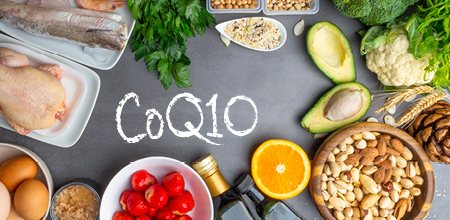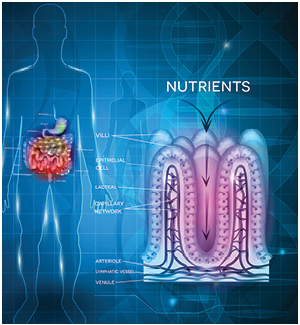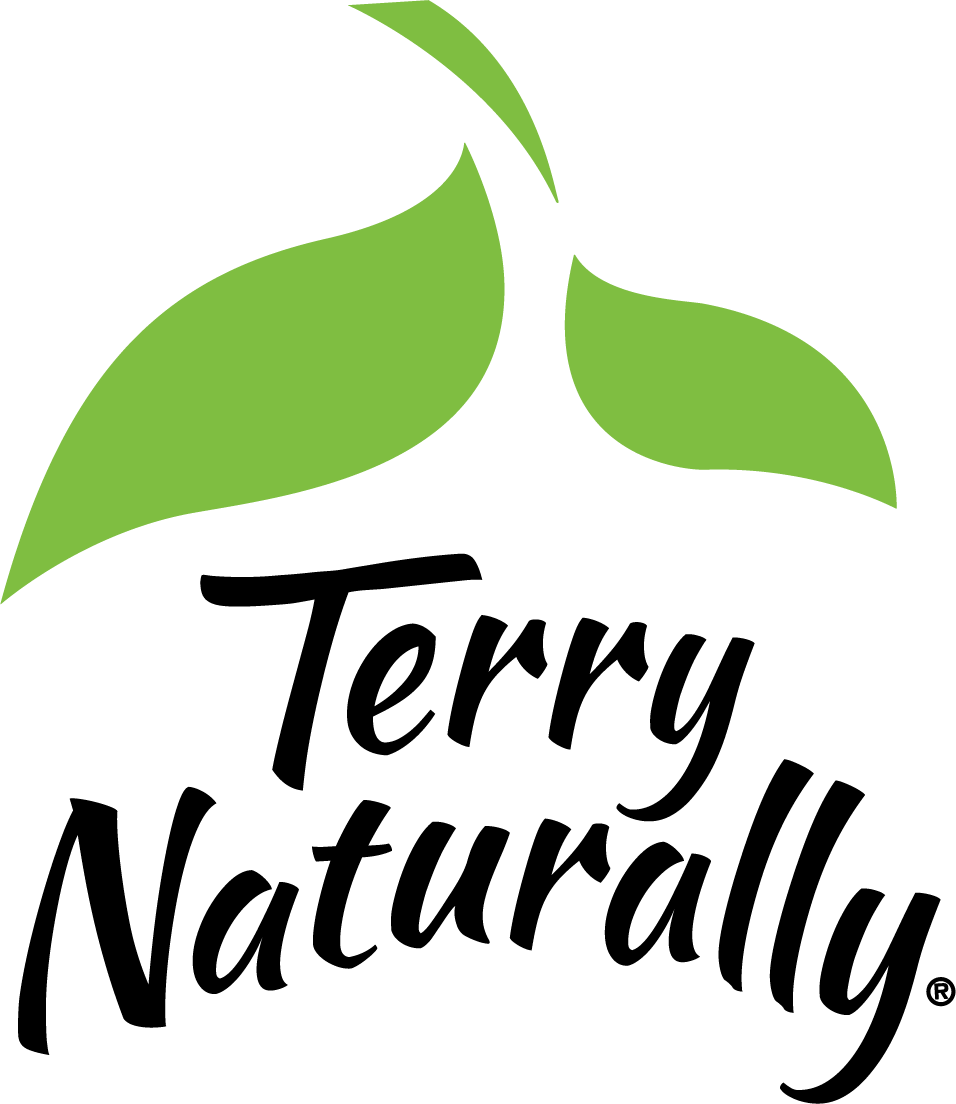What is CoQ10?
Every one of us, in virtually every cell in our bodies, has microscopic engines called mitochondria. As you’d expect, these engines burn a lot of fuel. That fuel is delivered, and in a sense ignited, by CoQ10.
CoQ10 sparks the process of moving electrons to create adenosine triphosphate (ATP), which powers our body at a microscopic level. Your heart, brain, and every energy intensive aspect of your body and mind need a lot of CoQ10 to work at their best.
While the body creates CoQ10 in the liver, heart, and pancreas, we also get it from dietary sources. The top food sources include:
- Fattier fish, including salmon, sardines, and tuna
- Peanuts
- Organ meats
- Whole grains
Even though CoQ10 is found throughout the body, and despite its ubiquitous nature (which is why CoQ10 is known as either ubiquinone or ubiquinol), deficiencies are fairly common.
CoQ10 levels decline with age, intensive and regular physical activity or stress, prolonged illness, and statin drug use. In fact, one of the ways of tracking whether statin drugs are being metabolized in the liver is by noting a reduction in CoQ10 levels. One of the reasons this happens is because CoQ10 is carried by lipids – it is a fat-soluble nutrient. You’ll notice most of the foods that are considered rich in CoQ10 have some elements of natural fats or fatty acids that transport it into the body.
Many of Us Are Deficient

But there is a catch with simply eating foods rich in CoQ10. They still only provide a small fraction of the CoQ10 that people may need for therapeutic levels. And deficiencies are serious. They can lead to dramatic cardiovascular and neurological health complications. Fortunately, supplementation with CoQ10 can help alleviate them, too.
Two forms of supplemental CoQ10 are available, and that may lead to some confusion about which one is best. My answer is: they are both good choices. The classic ubiquinone form is technically what we call CoQ10. It has been used in clinical research for over 20 years. The ubiquinol form is referred to as reduced or bioactive CoQ10. Each has their advantages and disadvantages.
ABSORPTION BREAKTHROUGH
Delivering CoQ10 in Microscopic Buckets
There’s been a long debate about which form of supplemental CoQ10 is best, ubiquinone or ubiquinol. And now, another factor comes into play – an ingredient called gamma-cyclodextrin that acts as a carrier for the nutrient. This bucket-shaped molecule carries CoQ10 to bring more of it intact into the intestines where it is absorbed and dispersed into the bloodstream. Research shows that the simple combination enhances the absorption of CoQ10 by 8 times compared to standard CoQ10 forms.
A supplemental version that I prefer combines ubiquinone – classic CoQ10 – with gamma-cyclodextrin as a chewable form. It’s perfect for anyone who doesn’t like swallowing pills, but still wants the intensive benefits of well-absorbed CoQ10.
CoQ10 is Essential for Optimal Health and Vitality
CoQ10 deficiency can lead to serious consequences: cardiovascular disease, neurological conditions, breast cancer, fibromyalgia, and other chronic, degenerative conditions. But supplementation can change that. It can help reduce the risk of heart attacks, inhibit cognitive and motor decline, treat diabetic neuropathy, and stop damage throughout the mind and body.
While the forms of CoQ10 vary – from the classic ubiquinone supplement, to ubiquinone combined with gamma-cyclodextrin, to the active ubiquinol form – each is incredibly beneficial. Supplementing with any form of CoQ10 is one of the best things you can do for optimal health and vitality.
WHICH COQ10 SHOULD I TAKE?
There are pros and cons to the two major supplemental forms of CoQ10.
The most common form – and the most clinically studied – is ubiquinone. This is considered the “classic” CoQ10, and here’s why: it has been proven effective for a variety of health concerns, and it is generally quite less expensive.
But it doesn’t work for everyone.
It still must be converted by the body into the active form, ubiquinol, and some people’s systems can’t do that very effectively. They may be better served taking the other major supplemental CoQ10, the ubiquinol form.
Ubiquinol – the active form – can be a good solution for people who’ve had less-than-stellar results when using classic CoQ10. However, it is less stable, and considerably more expensive as a supplement. People who are older, have liver problems, or certain other health conditions may do much better with ubiquinol.
A third supplemental option combines a traditional ubiquinone CoQ10 with gamma-cyclodextrin to enhance absorption. Gamma-cyclodextrin is a natural compound that has been shown to boost absorption by 8 times compared to standard CoQ10. For many people, it may be the perfect choice.
When in doubt, always consult your physician or healthcare practitioner. This article is intended to provide you with information to maintain your health.
For Optimal Health and Vitality, I recommend taking Coenzyme Q10 (ubiquinol), or Coenzyme Q10 (ubiquinone), or a combination of Gamma Cyclodextrin-Coenzyme Q10.
